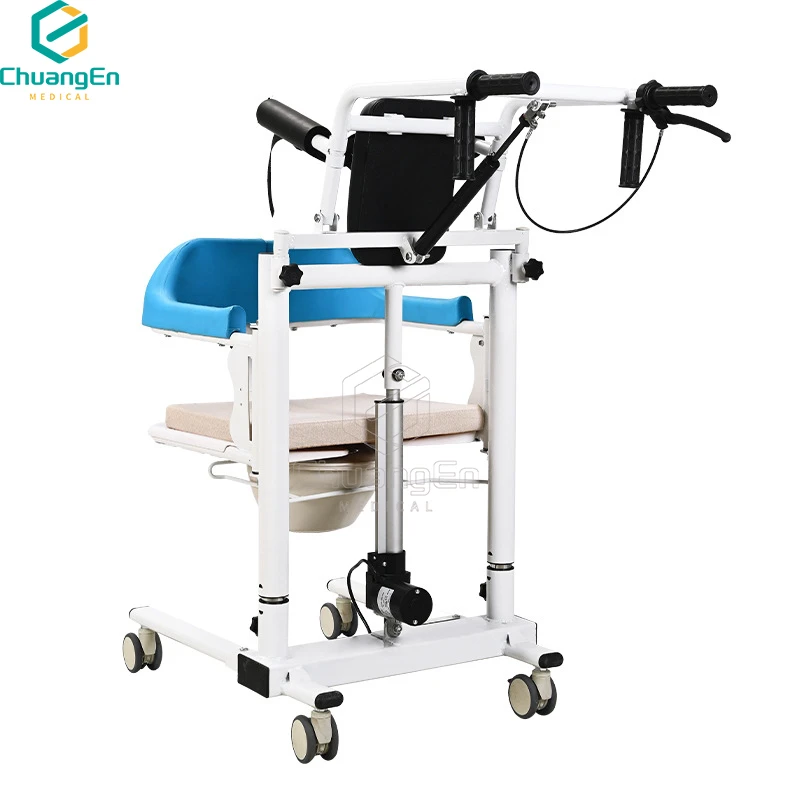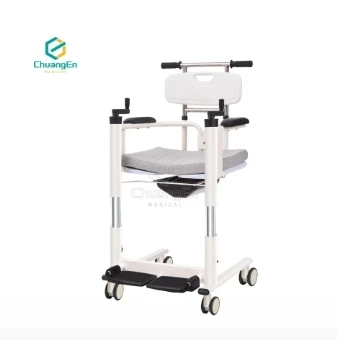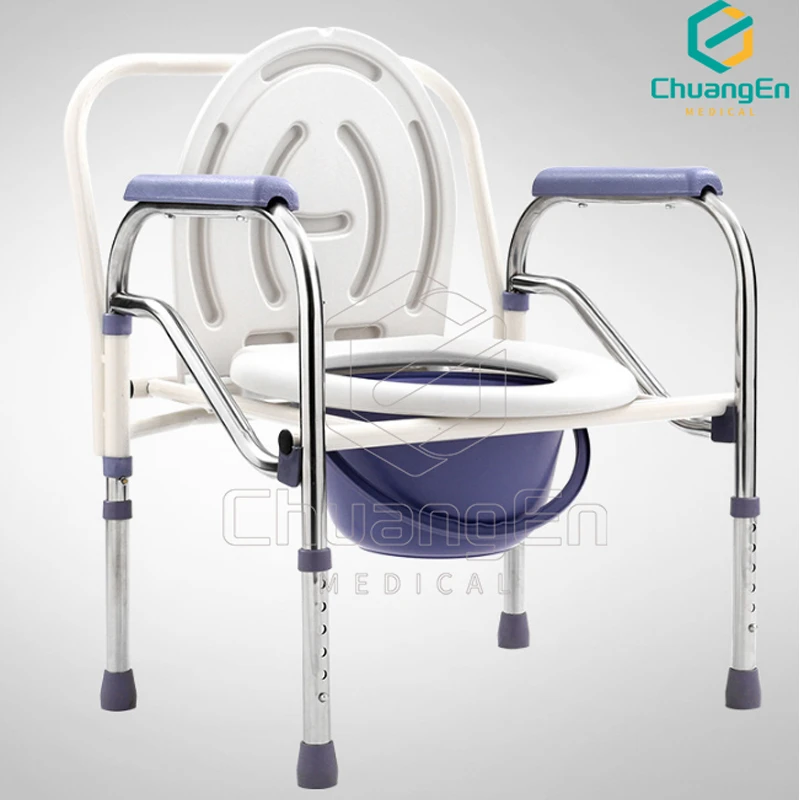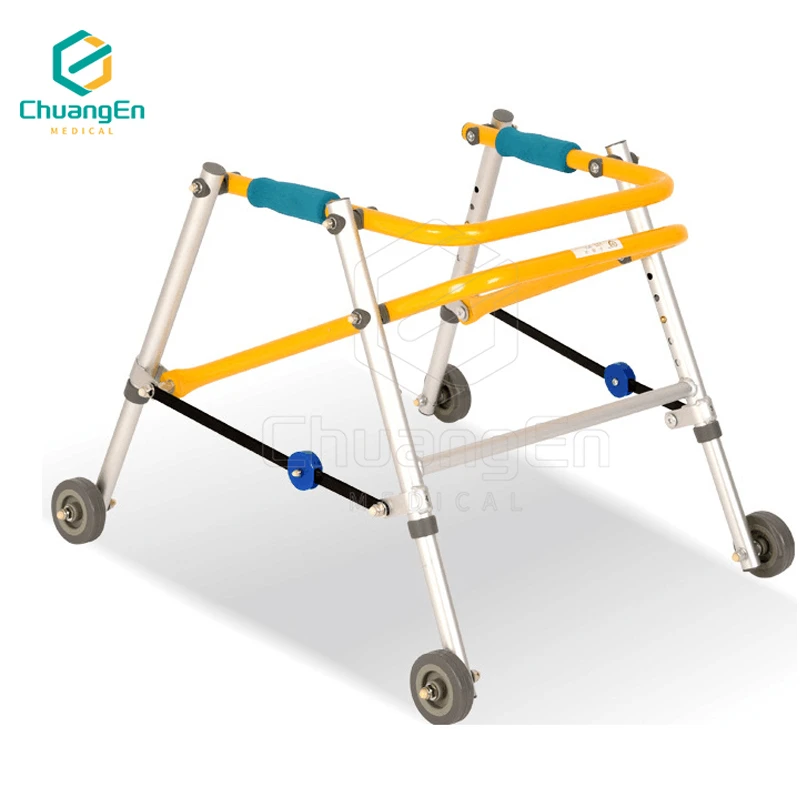An electric transfer chair is a motorized mobility device designed to assist caregivers in transferring individuals from one place to another, such as from a bed to a wheelchair, vehicle, or other sitting arrangements. Unlike manual or hydraulic transfer chairs, which require physical effort from the caregiver, electric transfer chairs use a battery-powered motor to facilitate smooth, efficient transfers. The motorized system allows the chair to lift and adjust the user’s height with the press of a button, reducing the need for physical strain and making transfers much safer for both the caregiver and the individual being transferred. These chairs often feature adjustable height, swivel seats, and easy-to-operate controls, providing a high level of comfort and convenience. The motor allows for a gradual lift, which reduces the risk of jerking movements or falls during the transfer process. Electric transfer chairs are especially beneficial for individuals who have limited mobility or strength, as well as for caregivers who need to perform frequent transfers. They can be used in various settings, such as hospitals, care facilities, or at home, offering a high level of independence and reducing the physical stress that caregivers often experience. Additionally, the adjustable features of electric transfer chairs make them suitable for a wide range of users, including those with different heights, weights, or mobility needs.
What Are the Benefits of Using an Electric Transfer Chair Over Manual Transfer Chairs?
The primary benefit of an electric transfer chair over a manual transfer chair is the ease of use and the reduced physical strain on caregivers. Manual transfer chairs require caregivers to rely on their physical strength to lift or move the user, which can be difficult and exhausting, especially if the person being transferred is large or immobile. In contrast, electric transfer chairs use battery-powered motors that lift the user automatically, allowing caregivers to complete the transfer with minimal effort. This is especially advantageous for caregivers who may have limited strength or suffer from back issues, as the motorized system reduces the risk of injury. Another key advantage is that electric transfer chairs provide more precise control during transfers. The caregiver can easily adjust the height or position of the user with the touch of a button, ensuring a smooth and safe transfer process. This precise control helps prevent accidents such as jerking movements, which are more common with manual transfer methods. Additionally, electric transfer chairs can improve the user’s comfort during the transfer process, as they can be moved slowly and carefully into position. This can be especially beneficial for individuals with pain or sensitive conditions. Finally, the advanced features of electric transfer chairs, such as adjustable armrests, footrests, and swivel seats, make them more versatile and adaptable to different users. Overall, electric transfer chairs provide a high level of convenience, safety, and comfort, making them an excellent choice for both caregivers and users with mobility challenges.








